Reclaiming public space: how citizens can create the new city.
After decades of city planning through economy: “money is the planner”, it is now time to make changes: the people are the planner. Klaar & Bart have years of experience in creating public spaces in Amsterdam and want towork together with citizens of Lima to make strategies for the new city.
Program for Wednesday 6th of February:
location: roof terrace at Tupac.
Start at 9.00 with 'who is who'
excursion and urban pick nick.
Sharing ideas and making strategies
Work on plans.
Come and work with us!!
Workshop "El Pueblo es el planner"
On the website of Tupac and on Facebook an article is published on "How money always seems to be the planner in spatial planning and how much we would like to change that. We also invite the inhabitants of Lima to a 1st workshop “The People are the planner”. Participation is free, but you need to make a reservation.
We are flooded with emails. It results in a group of 30 participants from different disciplines and perspectives. Among them a sociologist, artists, architects, government officials, activists, a geologist and a neighbor.
The workshop starts at 9 o'clock in the morning in our studio. We tell about Amsterdam and our practice, about idealism, about community and about our conceptions of active citizenship. For the workshop we have made a program in which we learn by doing each other directly. We go right to the streets with observation exercises. Ears and eyes open to what you know and what you see. A map shows two areas we are going to explore. 1 long busy street with trees through an old historic residential area: Avenida de Osma. A traffic engineering decision three years ago has changed this street into a hell. The district succumbs to the pollution and noise of the relentless stream of cars, buses and trucks. CCAnd we will investigate Cajamarca street, where inhabitants have shaped tehier surroundings through murals and plants and flowers. Residents take responsibility for the district. It is also very 'tranquillo' because there is only local traffic.
What do you see? What is color in this area, What does the square express, is that optimal? How does the traffic drive, is there room for more green? Etc.. We investigate the reasons and reflect on the motives of policies and explore alternatives. We discover that there are many places that look like a public space, but do not function as public space. There are hardly any people who make it their own. What is it going on ...?
There is hardly a street culture, where people relax, stroll. There are generally no terraces or restaurants on the streets or squares. Why is that, and what can we do that?
The recent past of Peru is a collective traumatic experience. Terrorists in the 80s and a dictatorship until 2000, ruined public life. The past is dealt with by not talking about it. 'Choosing to forget' calls curator Jorge Villacorta that.
We walk through an adjacent neighborhood. The transition between the street and the house is dramatic. Everywhere fences, barriers, wires, barbed wire and broken glass on the walls. A house is like a front which focuses on the inside, and does not open outwards. It is not transparent or inviting. The house is like an oyster.
In a series of three workshops we work with people in various formations on this theme.We observe, question, explore. We absorb the impressions in the city.
The lunch is a further exercise in claiming the street. We arrive at a small store with fruits and vegetables. The assignement is to buy ingredients for a collective lunch for a couple of Sol (1 euro). It's the middle of the day and the sun is very powerful. We walk to a nearby park and take out a piece of cloth and ask the group to organise shade. Making a roof is simple but requires invading the public space in an unconventional way. The code is to sit on a bench or not sit at all. The group overcomes their apprehension and do it. It is satisfying as well. We sit in the shade on the grass and we share the food. A car stop, a policeman gets out and summons us to leave immediately. The participants defend their actions: "This is an official workshop on public space. This is a park for everyone. We are allowed to be here! ". The man says he is called by locals. Impossible because we are sitting there only for a few minutes. He “calls his chief “ from your car with the engine running . We eat sandwiches with avocado and pineapple juice drink. Because we stay (and are white) we are tolerated. After fifteen minutes he accepts the inevitable and drives of to urgent matters around the corner.
Back in our studio we put the impressions and experiences to paper. Often it is about the poor quality of spatial locations. There is no sidewalk. That square does not work as a square. Ect etc.
We also introduce you draw the old organizational principles from the Andes, Minca, Ayni, Faena and Mita. These forms of organization work with reciprocity, direct exchange, doing things for the community. It is in the Peruvian genes, only they think about it as folkloric practice, not as useful principles for self government. We ask in a second drawing to the idea / problem or observation be solved in one of those principles. How could it work without government?
In a third drawing they are asked to make a small self organized action. What will you do in the next month to change your environment? As it turns out this will have an impact for the remains of our stay...
'Rethinking public space' really is the subject.
Can we think of something else as an alternative to grass? Because Lima has a desert climate that's just too expensive. Artificial turf without fences and police? How do we design 'Sitting together in the shade. What is the value of a park when the grass is fenced of? Police and safety workers monitor the public space permanently, there is a lot of control where people congregate. Relaxing in public space not on the agenda, a design flaw that we must try to solve together. How can we work on the dramatic transition between public and private? What is a sidewalk?
Houses are increasingly fenced in, how do we ensure that people remove them again?
"People are the planner' is a success. One of the most important things that comes back is trust. People must learn to trust each other in the public domain. Working on this confidence is the challenge. 'Rethinking Public space' can be a good exercise.
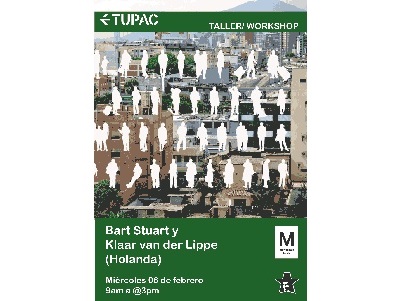
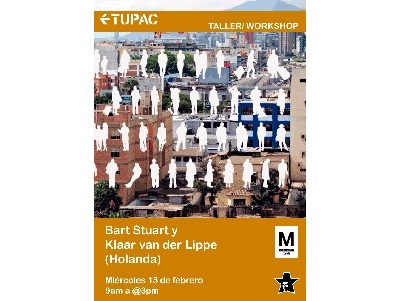
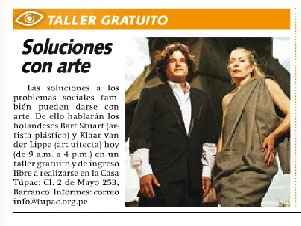
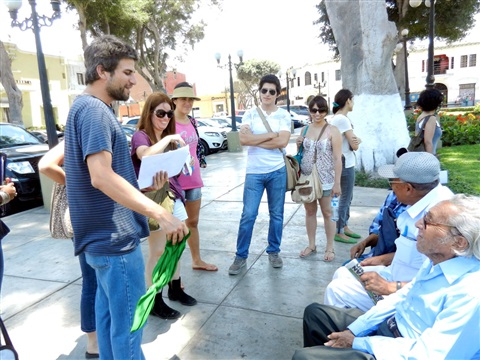
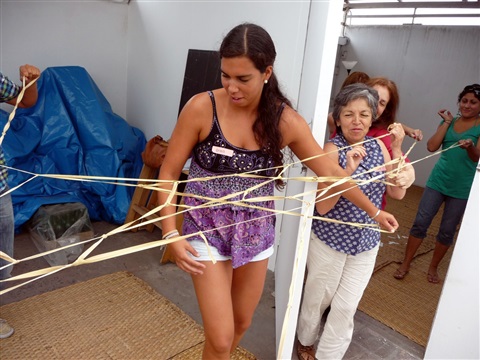
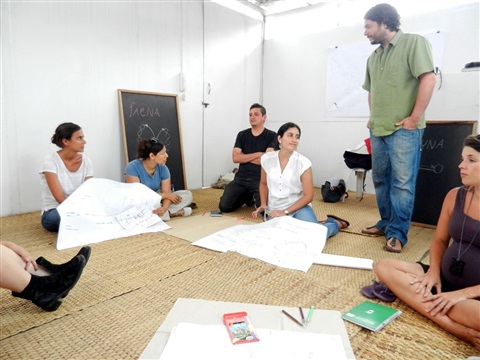
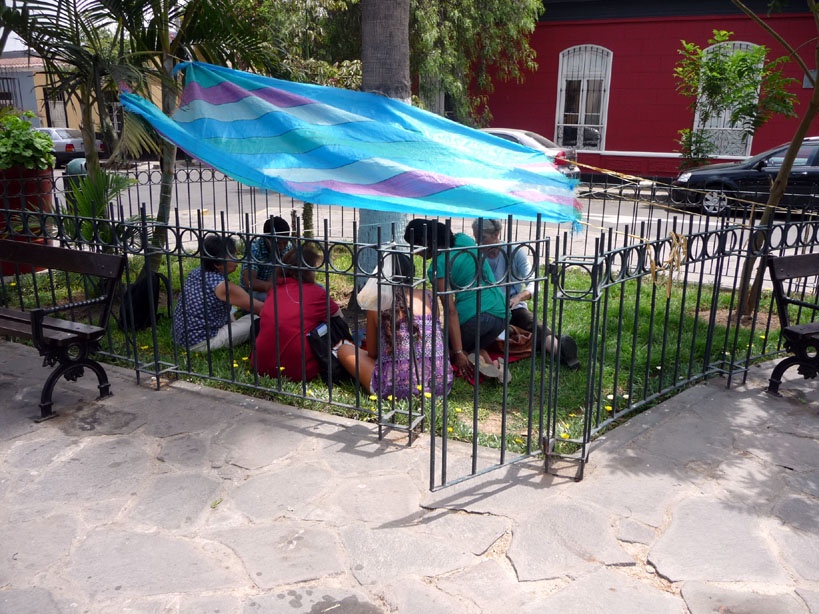
Meest recente reacties
ik zou graag illen weten wie de oudste geborernde in levenzijnde mogonees is
Dag Bart en Klaar!
Wij hebben jullie ontmoet bij de radio uitzending Kunst is Lang.
Ik vroeg me af hoe ik met jullie in contact kan komen in de toekomst! werkt het op deze manier? groet Eva
super trip for you , thank you beri beri much four sharing with us fans.....many greetings and best wishes to you and your loved ones...

Beste Bart en Klaar, Ik verblijf nu op Moengo en ik vroeg me af waar jullie je informatie over stafdorp en happyland etc vandaan hebben gehaald want daar zou ik graag nog meer over lezen! Alvast dank